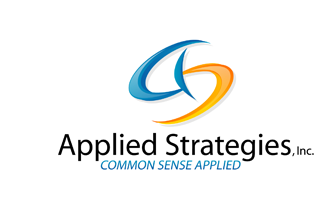CommentaryDid You Know There Is a Generation Gap (again)?Enough already! Let us agree on two things. First, while you came to the firm planning for a career, recent generations come to the firm looking for a career plan. Secondly, this difference has been examined from almost every conceivable angle and for the same reason that one stops beating their head against a brick wall, we need to stop defining the problem and move onto the solution – it will feel good! |
|
|
To be fair to those people who appear continuously focused on the issue, I am not unsympathetic to the challenge they face in responding to the question that kills more innovation in law firms than anything else – What are the other firms doing about this? The best answer, but this doesn't makes it any more acceptable to your status quo folks, (does make you glad that you only compete against other law firms) is that a properly executed career plan for all lawyers can become both a major cornerstone of any firm's attraction and retention strategy, as well as a visible differentiation in the firm's brand for clients and lawyers. While there may be as many solutions as there are firms, one suggested solution is a matrix approach that offers a clear and discernable career development path / plan for lawyers joining the firm from law school through to those at the bar for any number of years. |
This latter point is important, as in many firms the most neglected group of lawyers are new and junior partners. This is a real quirk of the legal profession given that junior partners both become more profitable as they progress and they are the source of the firm's future revenue streams. The matrix is set up with the "Y" axis being the various stages in a lawyer's chronological career with the firm and the "X" axis being the key broad areas of development that lawyers should experience during their career with the firm. Overlaying all of the modules should be an imparting of the firm's philosophy on mission critical cultural issues such as approach to client service, dealings with each other and staff, and risk management to name only three common cornerstones of any firm's culture. Things that should be kept in mind when implementing this matrix approach in order to ensure the greatest chance of a successful implementation include:
|

